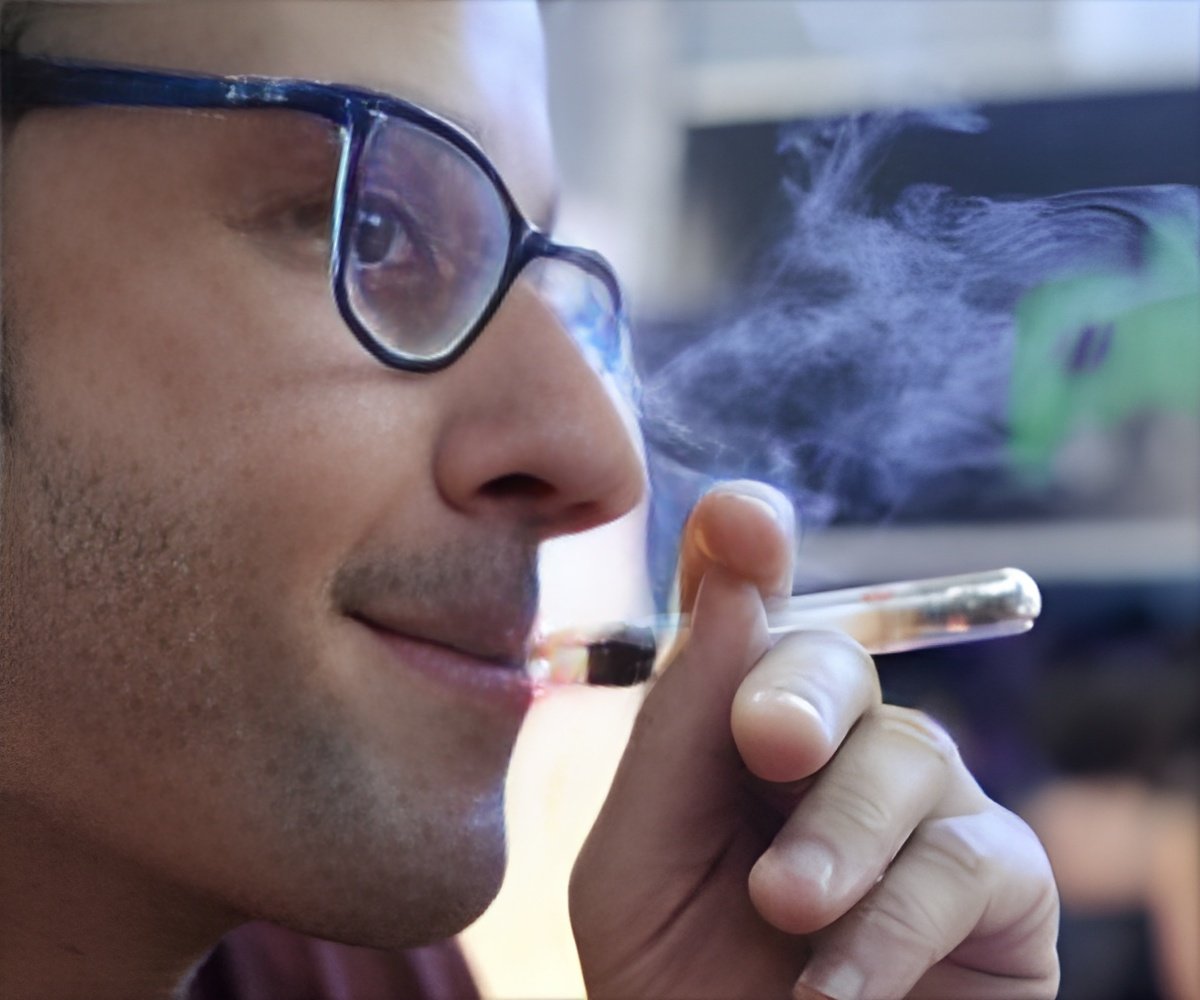Cancer-causing chemicals like formaldehyde remain in the respiratory tract during e-cigarette use, finds a new study.

‘Significant amount of carcinogens like formaldehyde and other chemicals remain in lungs during vaping sessions holding potential health risks caused due to e-cigarette use.
’





While aldehydes chemicals like formaldehyde that are known to cause cancer in humans have been identified in e-cigarette emissions by numerous studies, there has been little agreement about whether such toxins exist in large enough quantities to be harmful to users."Until now, the only research on the respiratory uptake of aldehydes during smoking has been done on conventional cigarette users," said Vera Samburova, Ph.D., associate research professor in DRI's Division of Atmospheric Sciences and lead author of the study. "Little is known about this process for e-cigarette use, and understanding the unique risks vaping poses to users is critical in determining toxicological significance."
Samburova and fellow DRI research professor Andrey Khlystov, Ph.D., has been investigating the health risks associated with e-cigarettes for several years. In 2016, they published findings confirming that dangerous levels of aldehydes are formed during the chemical breakdown of flavored liquids in e-cigarettes and emitted in e-cigarette vapors.
In this study, Samburova and her team estimated e-cigarette users' exposure to these hazardous chemicals by analyzing the breath of twelve users before and after vaping sessions using a method she and Khlystov have developed over the course of their work together.
Through this process, they determined how much the concentration of aldehydes in the breath increased. Researchers then subtracted the concentration of chemicals in exhaled breath from the amount found in the vapors that come directly from the e-cigarette.
Advertisement
The research team took care to ensure that the test conditions of the study mirrored real-life vaping sessions as much as possible. Most participants used their own e-cigarette devices during the study, used e-liquid flavors that were familiar to them, and inhaled for the amount of time that they ordinarily would, which allowed the research team to understand how regular users typically use e-cigarettes. Because they tested "normal" vaping experiences, researchers confirmed that the high concentrations of aldehydes found in other studies aren't limited to laboratory conditions.
Advertisement
Source-Eurekalert









